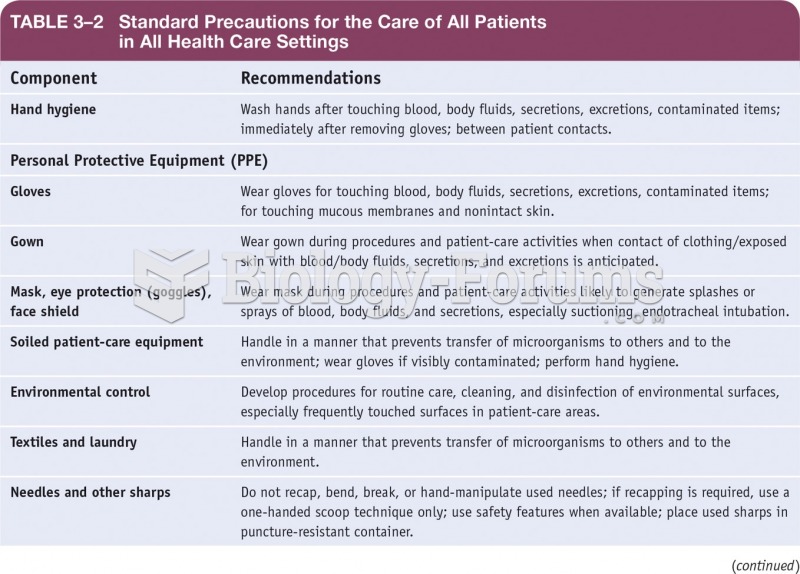Answer to Question 1
Correct Answer: 3
Rationale 1: The act's provisions states that the disabled must be able to perform the responsibilities of the job with reasonable accommodations. With limited use of upper arms, this nurse would not be able to perform the tasks required of a nurse working at the bedside.
Rationale 2: With limited use of upper arms, this nurse would not be able to perform the tasks required of a nurse working at the bedside. However, the hospital could help find another position that utilizes the nurse's experience and desire to continue in the field of nursing, but this would have to be a collaborate effort with the nurse and within a reasonable request regarding the hospital's needs and resources.
Rationale 3: According to the ADA, it is the employer's responsibility to provide reasonable accommodations that would allow the person with a disability to perform the job satisfactorily. With limited use of upper arms, this nurse would not be able to perform the tasks required of a nurse working at the bedside.
Rationale 4: Terminating employment may or may not occur, but not until all other options have been explored.
Answer to Question 2
Correct Answer: 2
Rationale 1: In this case, social services should be notified. Law enforcement would be notified if the results of social services' investigation warrant it.
Rationale 2: Nurses are considered mandated reporters. As a result, they must report any situation when an injury is present and appears to be the result of abuse, neglect, or exploitation. The situation described may or may not be one of abuse or neglect, but the nurse is required to report it to the proper authorities. In this case, social services should be notified.
Rationale 3: Questioning the client's adult child is appropriate, but the incident needs to be reported regardless of the questioning.
Rationale 4: Documentation in the chart is also extremely important, but this would be part of the nurse's notes, not a separate written report.







